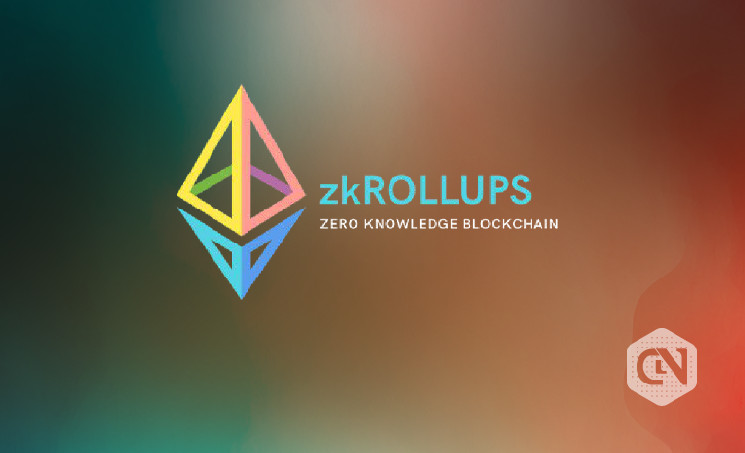In the blockchain field, Mina Protocol stands out because the blockchain has a fixed size and is based on the idea of a proof system using recursive zk-SNARKs. This method ensures L1 security and makes the synchronization process fast as if there were a full node. However, the amount of data to be processed will be smaller.
In addition to being a layer for smart contracts, it is also increasingly becoming a hub for zkApps, which are essentially many different apps that use unique zero-knowledge features such as modular proofs, extensive off-chain computation, and no transaction fees. The significance of the block space management protocol has grown along with the quantity and diversity of these applications. These applications are scalable thanks to recursive zero-knowledge proofs rollups.
The Mina Protocol’s recursive zkRollups provide unparalleled scalability and flexibility. ZK app chains, stacks, and rollups are ideal solutions for Mina because they can scale to meet any application need. However, these apps have the ability to adjust their pace and capacity based on traffic flow. Therefore, rather than using specialist devices that are expensive to purchase, they can manage higher transactions per second (TPS) using standard technology, which is accessible to everyone.
This is the main improvement over traditional zkRollups, which can only process a limited number of transactions at a time and can experience delays when demand is high and the network needs more time to process the requests.
Indeed, the principle of zero knowledge (ZK) makes it possible to prove the accuracy of calculations as effectively and efficiently as possible. This idea means that a simple computer can determine whether the calculations of more powerful machines are correct without having to repeat the entire operation.
The Mina protocol achieves this by using a zk-native Proof-of-Stake chain. At this stage, the network validators do not need to reprocess the entire transaction; instead, they validate the proof of the transaction. This in itself is a significant achievement as it implies that proof verification is independent of computation size and is completed on time and consistently.
Mina’s zkDSL, o1js, allows developers to write programs that perform specific functions and record execution proofs for those functions. These proofs can be synthesized and are often combined into one that triggers the status update of a layer-one smart contract. They are all verified with minimal transaction fees and no gas fees.
In such cases, recursive zkRollups, which require merging multiple transactions into a single proof, perform best, making them effective and an excellent match. This maximizes the value of each block space purchase, allowing for more transactions per block space.
Unlike non-recursive zkRollups, recursive zkRollups reduce an application’s proof to a single proof. Off-chain calculations are therefore used to keep processing costs within the chain low.
Consider using Hazook, an open-source Recursive zkRollups proof-of-concept, to help develop the Mina network. Such a technique can process multiple transactions with a single block purchase, which is both fast and efficient.

